In keno, as in a majority of games based on the principles of lottery, a player’s win is basically determined only by chance. Moreover, the player’s chances to win in keno are lower than in other gambling, but the advantage of the casino, on the contrary, is almost record high. And this is due to the fact that very little depends on the player in keno: all he needs to do is select several numbers in the range from 1 to 80, and then hope that the numbers that fall out match the ones he selected/marked. The total winning amount depends on the number of matching numbers, respectively.
A universal strategy for playing keno does not exist, because, as it was already mentioned, the player cannot influence the course of the game and even calculate the probability of a particular number falling out. However, there are several basic recommendations following which you can build your own strategy for playing keno, and sometimes it is very successful.
Basic Strategy Principles of Keno:
Choose less numbers. Statistics shows that the chances of winning by choosing three numbers of twenty are greater than the chances of betting on five of twenty. This strategy principle of playing keno is the simplest and basic, but surprisingly it is very effective, because the net result is that playing with fewer numbers, the player must correctly guess less numbers. However, there are strategies that refute this principle of keno.
Vary rates. In keno, as in a majority of other gambling games, a player can make various bets and their combinations. Therefore, when playing keno, you should not focus on only one type of bet; depending on the results of previous draws, experiment with bets, make not only single bets, but also various combinations of bets. This strategy for varying rates in keno is especially relevant after a series of losses.
Adhere to the sequence of bets. The simplest (and perhaps the most common) strategy for playing keno is to follow a certain sequence of bets. In other words, a player bets on the same numbers in every next draw.
Krigman’s Strategy for Playing Keno
Strictly speaking, the theory of Alan Krigman (the famous mathematician, author of many books on the theory of gambling and probability of winning) cannot be called an effective strategy for playing keno. Nevertheless, Krigman managed to deduce a number of patterns that affect the chance of winning in keno, and these patterns should be taken into account when playing keno and making bets.
The essence of Alan Krigman’s theory is that the chance to win in keno depends on a quantity of numbers a player chooses (that is, in fact, on the number of bets made by a player). According to Krigman’s theory, the patterns are as follows:
- When choosing one number, the probability of winning is 25%.
- When choosing two numbers, the probability of guessing both is 6% and the probability of guessing one of two is 38%.
- When choosing three numbers, the probability of guessing, respectively, is 1.4% for three numbers, 13.9% for two numbers and 43.1% for one number.
- When choosing four numbers, the probability of guessing all four is modest 0.3%; the probability of guessing three of four is 4.3%; the probability of guessing two of four is 21.3%; and the probability of guessing one of four is 43.3%.
Thus, the entire strategy of playing keno based on Alan Krigman’s theory is only to choose more numbers and, accordingly, increase chances of guessing at least one of them.
Most Common Myths about Keno Strategies
As noted above, there is no universal strategy for playing keno that would guarantee a win in the long run or at least significantly increase a player’s chances of making a profit. However, there are many myths associated with various keno strategies and, of course, they all have nothing to do with reality.
Perhaps the most popular myth in keno is a strategy that requires betting on those numbers that have not been dropped during several draws. If speaking about absurdness, it is about the same as trying to win a jackpot on a slot machine that no one has won for a long time, based on the logic that the longer the jackpot is not won (the longer certain numbers do not fall out), the higher the probability that you will win it (that the very unused numbers will be exactly at your draw). Obviously, this strategy has no mathematical evidence or any reasonable basis; it is much more like superstition. It is interesting that there is a completely opposite point of view: some strategies recommend betting on those numbers that were dropped in previous draws.
Another strategy for playing keno is to bet on lucky numbers. Despite this strategy is not at all effective, it is extremely popular for some reason. Certainly, it is impossible to determine the degree of luckiness of any particular numbers, such a characteristic of keno numbers does not exist at all. Nevertheless, many keno players continue to adhere to this strategy with enviable patience and put on numbers that are lucky in their opinion, for example, on neighbouring ones as 10 and 11 or 23 and 24.
It is impossible to guarantee a win in keno, because the result of each round of the game is determined by a random number generator as in roulette and slot machines, and the player has practically no way to influence the result. However, even in keno there are some strategies and techniques that help to determine winning combinations, namely the number of numbers with the greatest chance of winning.
Risk Estimation in Keno
Conventionally, all bets types in keno lottery can be divided into three main categories depending on the degree of risk faced by the player. The least risk is bets on 1 or 2 numbers. The chances that a player will guess one number out of eighty are about 12%, but the payout is also calculated from a ratio of 3 to 1. In other words, 50 dollars bet on a single number will bring you 150 dollars in case of your winning; besides, if you use any betting system, you can win more often, thereby guaranteeing a profit for yourself.
Bets on three to five numbers are of medium risk. Bets on a large quantity of numbers, from five to the maximum possible number (usually 10 or 15), are of very high risk lever due to the probability to spend the entire bank and not make any profit.
Keno Winning Combination Table
The winning combinations in keno are those numbers whose chances of guessing are the highest; since there are as many as eighty numbers in keno table, this maximum by itself is not very large. If you use any program to generate numbers in keno, you can see the probability of a particular combination falling out, as well as the maximum possible number of combinations.
After analysing the calculation results, it becomes obvious that the most profitable combination is a bet on one, two or three numbers; in this case, the ratio of a winning chance to payout is optimal.
This is what the keno table looks like for betting on two numbers:
- Amount of selected numbers
- Number of all possible combinations
- Win probability
| 1 | 1,200 | 0.379746835443038 |
| 2 | 190 | 0.060126582278481 |
The chance of guessing one of two selected numbers is quite high, that is almost 38%.
This is what the combination table looks like for betting on five numbers of eighty:
- Amount of selected numbers
- Number of all possible combinations
- Win probability
| 1 | 9,752,700 | 0.405686086065833 |
| 2 | 6,501,800 | 0.270457390710555 |
| 3 | 2,017,800 | 0.083935052289483 |
| 4 | 290.700 | 0.012092338041705 |
| 5 | 15,504 | 0.000644924695558 |
It is obvious that the chance to guess one of five selected numbers became higher (40.5%), as well as the chance to guess two of five numbers at once (27%).
On the surface it seems that, since there are more chances in the second case, then it is necessary to bet on as many numbers as possible. In practice, the more numbers you choose, the smaller the payout for the guessed numbers will be.
For example, a casino will not pay you anything for one guessed number from five, for two numbers it will pay 0.5 of the initial bet, for three numbers it will pay 1 to 1, etc. By this means, the optimal strategy for playing keno is to bet on one or two numbers, at the same time choosing a casino where the payout table is most beneficial for the player. For example, in some gambling establishments when betting on two numbers, a player can receive a maximum payout of 0.5 bets for one guessed number, and 2 to 1 or more in others.




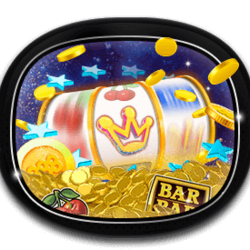




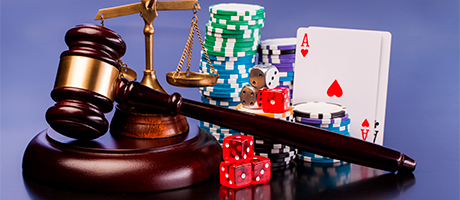
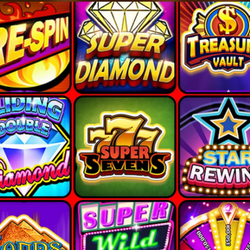
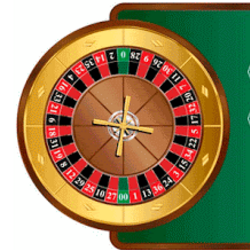
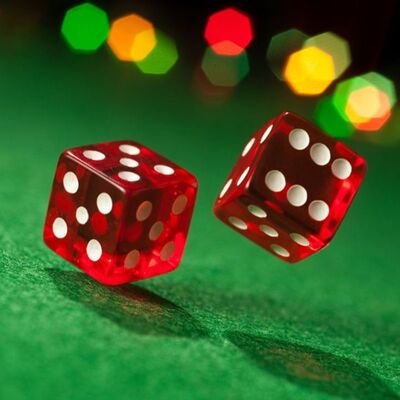
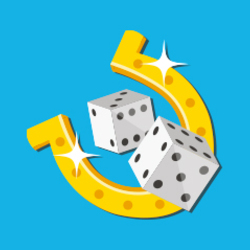
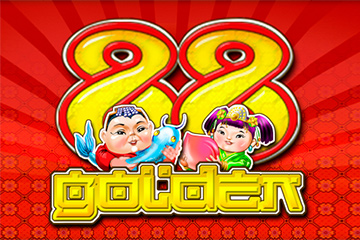

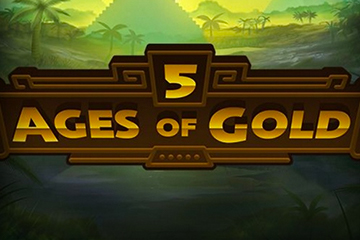













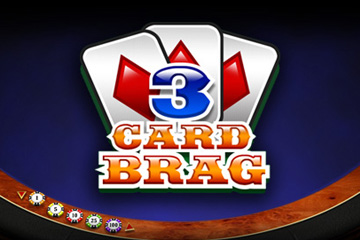


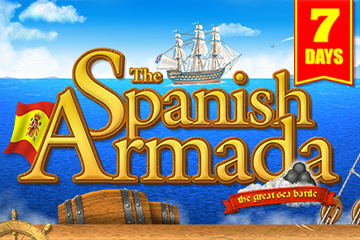
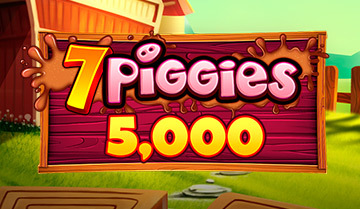


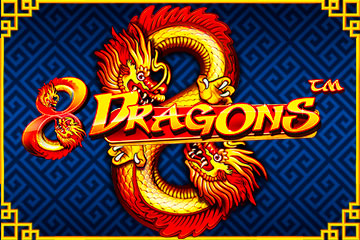


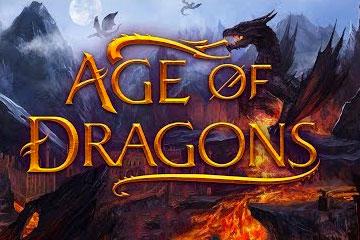



Write a review